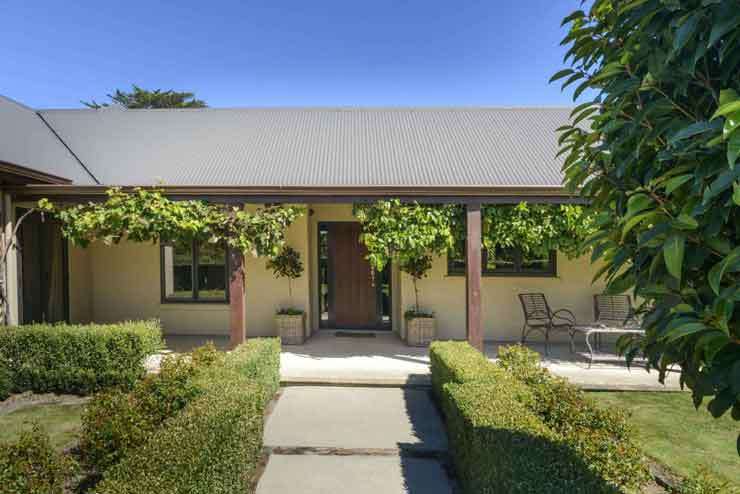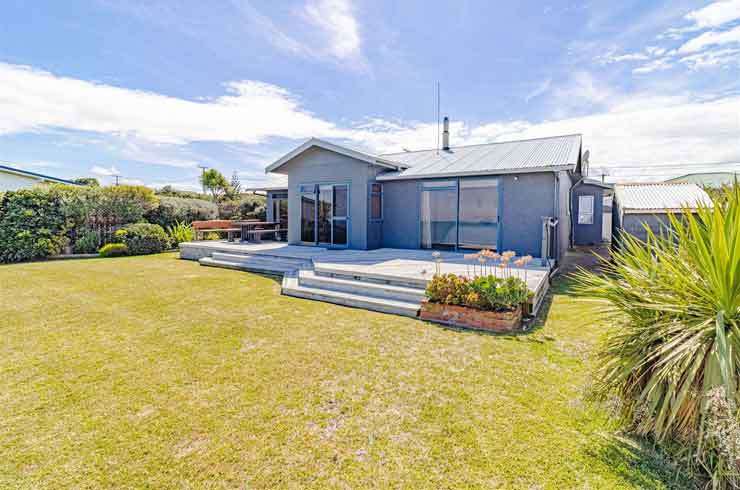As Covid-19 left its indelible mark on the housing market in our big cities over the past year house prices in regional New Zealand also went crazy, especially in Manawatu-Whanganui.
This region of the lower North Island, which takes in the cities of Whanganui and Palmerston North, has seen 41 per cent price growth, according to new house price figures from OneRoof.
READ MORE: Find out if your suburb is rising or falling
The median value for the region sat at $548,000 as of May 10 this year, up $158,000 from $390,000 for the same time last year.
Start your property search
Other regions which have also seen big spikes in house price growth are Gisborne, up 39 per cent, Marlborough, up 35 per cent, the Hawke’s Bay, up 34 per cent, and Wellington, up 33 per cent.
While many real estate agents in the regions report a slight cooling in the investor market since the Government’s moves to dampen activity earlier this year, the overall market has remained white hot.
That includes Palmerston North where OneRoof figures show median values in the town break down to $664,000 – a 44 per cent rise in a year.
Steve Allen, LJ Hooker principal in Palmerston North, says the scarcity of properties on the market is part of the reason for the big price rises.
“We’ve got an under-supply of real estate and low interest rates, plus Palmerston North has got a lot of positive things happening, a lot of shovel ready projects.”
A new highway is being built through to the Hawke’s Bay, there’s a rail hub going in at Bunnythorpe, plus the area has the Ohakea airforce base, the Linton military camp, a big public hospital and Massey University, says Allen.

A lifestyle property on Stoney Creek Road in Palmerston North fetched $1.6m. Photo / Supplied
“And geographically speaking, we’re nicely located as a distribution hub so there are distribution centres growing fast as well.
“All of a sudden people are realising Palmerston North is a pretty great place to live.”
But the scarcity of properties is an issue, and while there are new subdivisions in the pipeline, many are stuck in the resource consent process, plus Allen says inflation is going to make it expensive to build.
“There’s lots of interference running in terms of being able to build a competitively-priced home.”
All of that is contributing to the hot market – such as the $1.6m paid recently for a four-bedroom lifestyle property on Stoney Creek Road.
Across in Whanganui, the market has been so crazy it’s difficult to price properties, says Sue Ellis from Harcourts.
“Whatever price you think you’re going to get compared with appraisals and things like that you’re still astonished by what actually comes through.”
People from outside the area have been pouring into town.
They are from Auckland, Wellington, Christchurch and other centres, and they are retirees or people with families.

A waterfront home in Whanganui's Castlecliff sold for just over $1m. Photo / Supplied
“Some have family here, others have read about Whanganui. A lot of them are coming back to their roots but also because of affordability – we are still an affordable town and yet we offer a lot,” she says.
“The lifestyle, less traffic, good schools, a central location, good sporting facilities and arts as well.”
The town is changing in a positive way, with more cafes opening and ethnic food on offer.
While the growth has been taking place for a few years, last year was crazier than before, Ellis says.
She, too, says there is high demand but low stock and says people have been paying good money for properties facing the ocean.
“There was one on Karaka St, in Castlecliff, which was $1.05m, and I think people from Wellington bought that as a weekend retreat.”
A year ago, properties like this may have fetched $500,000 but now they are selling for $1m.



